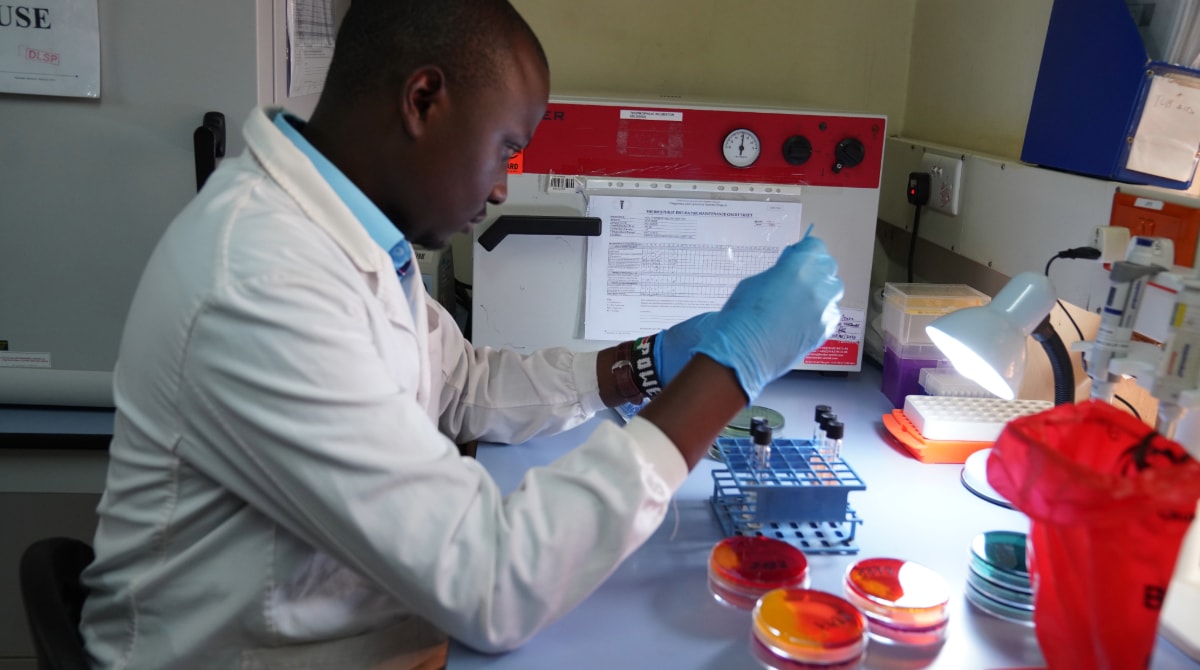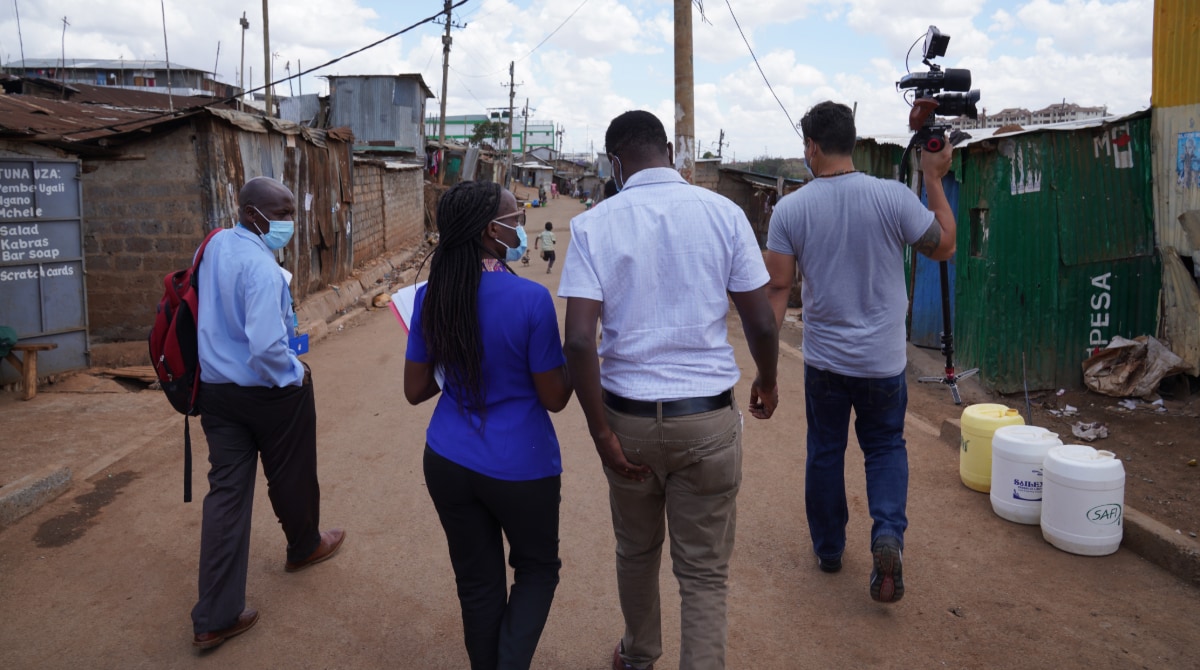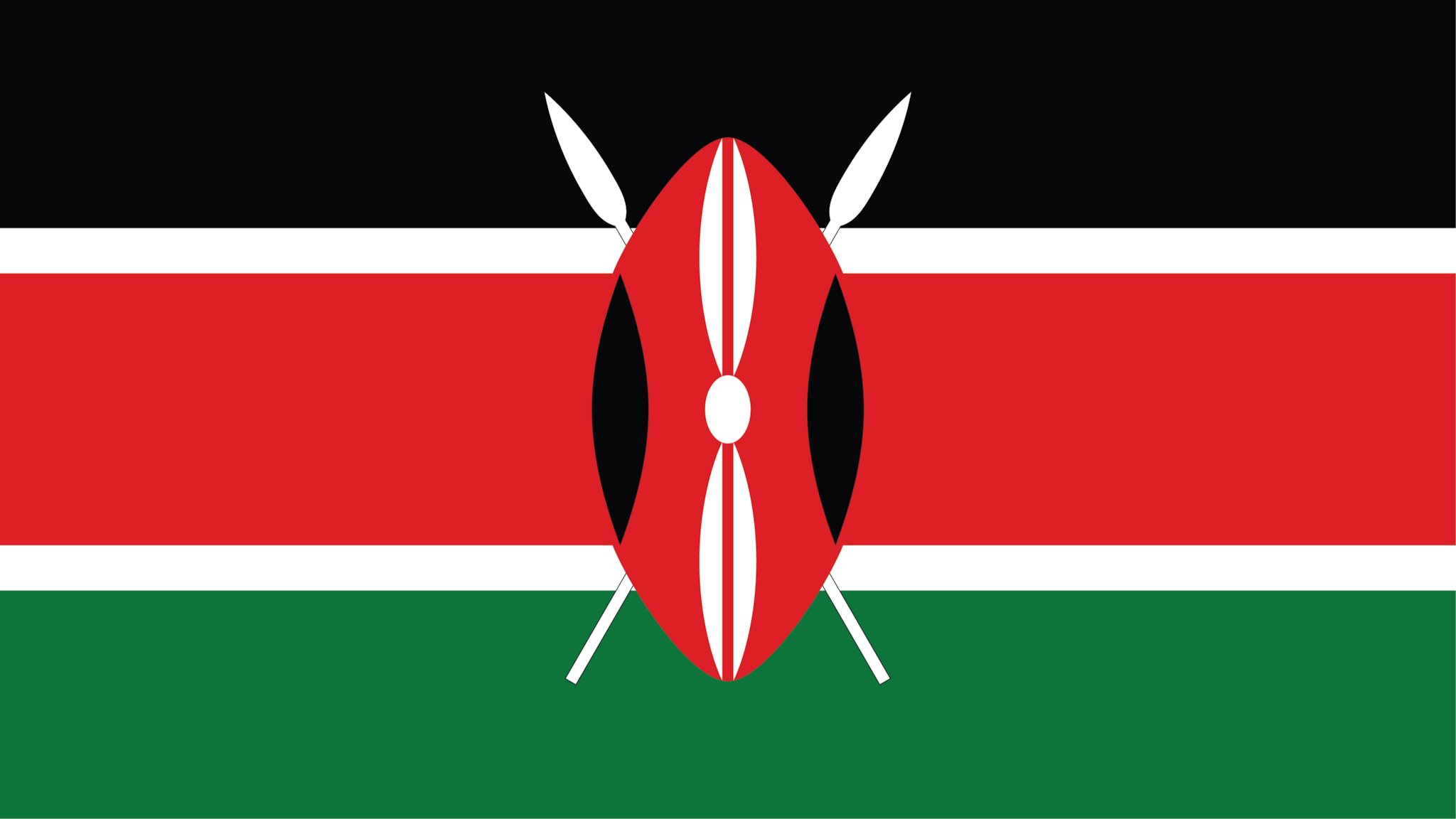Key points
To help control disease outbreaks at their source, CDC helps countries increase both the speed and quality of their response to disease threats by detecting, notifying, and responding to public health emergencies all within fifteen days.

Background

Photo credit: Santos Sanchez
The "7-1-7" target proposes that every suspected outbreak should follow these timelines:
- Detection within 7 Days: An outbreak is identified within 7 days of its emergence.
- Notification and investigation within 1 day: Public health authorities are notified, and an investigation is initiated within 1 day of detection.
- Response within 7 days: Effective response measures are put in place within 7 days of notification.
The 7-1-7 target is designed to provide a standardized benchmark for evaluating the effectiveness of outbreak detection and response systems globally. Frameworks like 7-1-7 have several advantages as it can help:
- Capture the output of multiple, inter-related processes that work in harmony to support the public health system.
- Naturally identify performance bottlenecks and enablers during a specific outbreak that lead to actionable recommendations.
- Decision makers to publicly communicate indicators.
CDC investments have strengthened Kenya's capacity to detect and respond to disease threats

Photo credit: Santos Sanchez
For more than 40 years, CDC has partnered with Kenya's Ministry of Health to support and strengthen workforce capacity, infrastructure, and systems to identify, respond, and mitigate health threats.
CDC began supporting Kenya's National Public Health Emergency Operations Center (PHEOC) in December 2013 and expanded its efforts to sub-national levels during the COVID-19 pandemic – providing a strong foundation for the country's disease outbreak surveillance and response. CDC Kenya supports 22 PHEOCs that are strategically located in counties that contain over half of the population in the country. These PHEOCs serve as a nerve-center for coordinating public health responses closer to the source during outbreaks. CDC has trained Kenyan public health workers on emergency preparedness and response, including several Kenyans who have trained at the CDC PHEOC in Atlanta.
CDC Kenya has built and sustained core public health functions for surveillance, diagnostics, and workforce. Surveillance platforms funded and guided by CDC for acute febrile illness, respiratory diseases, diarrheal disease, malaria, antimicrobial resistance, and other public health events provide real-time disease intelligence to Kenya Ministry of Health (MoH). These surveillance systems have generated evidence that supports implementation of preventive measures like rotavirus vaccination in children.
Through 40 years of partnership, CDC Kenya has helped build the Kenya public health system, demonstrating its and long-term commitment to enhancing health security in the country, region, and globally.
We saw how CDC's longstanding partnership with Kenya has helped capacitate the country to respond to outbreaks in a timely manner, helping us to measure and reach the 7-1-7 indicators that we were sensitized on during a workshop led by Resolve to Save Lives in late 2023.
- Dr. Maureen Kamene, Director General of Kenya's National Public Health Institute
For the past 20 years, CDC-supported Kenya Field Epidemiology and Laboratory Training Program (FELTP) has trained over 1,500 public health workers who help to detect, prevent, and respond to health threats in the country and the region. Kenya FELTP graduates are the boots-on-the-ground for the Ministry of Health, responding to over 80% of outbreaks detected in the country, and they can be found in key positions at county and national levels in Kenya.
Advanced diagnostic testing

Photo credit: Santos Sanchez
Two CDC-supported laboratories housed at the Kenya Medical Research Institute provide advanced diagnostic testing for diseases of public health concern, like molecular detection of viral hemorrhagic fevers and genetic sequencing of cholera.
The Kenya National Public Health Laboratory in Nairobi is substantially capacitated by CDC, and several lab programs. For example, HIV and TB drug resistance testing and the National Influenza Center (NIC) operate through CDC support. CDC has also helped establish a tiered laboratory system through the PEPFAR program that can be leveraged for outbreaks.
For example, during the COVID-19 pandemic, the NIC rapidly evaluated the COVID-19 test that was subsequently used to confirm the first COVID-19 case in Kenya. CDC-supported labs were able to perform a large (>40%) proportion of COVID-19 tests in the country.
Modernizing the digital ecosystem
Through the Global Public Health Data Innovation initiative, CDC is helping Kenya modernize its digital ecosystem to enable rapid data exchange for disease detection and response. Specific projects include governance and technical guidance development, enabling linkage between different information technology systems, centralizing storage of health data, equipping electronic medical records to detect and report disease of public health concern, using a single unique person identifier across data systems, and linking laboratory and clinical data systems. CDC is helping the MOH and NPHI to track public health emergencies. Together, these enhancements will serve performance improvement for outbreaks using 7-1-7.
Impact
These technical and financial investments are helping the country to achieve 7-1-7 for outbreaks. As an example, following multiple reports of lower extremity weakness among a cohort of students at a girl's school in Kakamega County, the country detected and reported an outbreak on the day patients reported symptoms, and investigated and implemented early control measures within 3 days.
The public health response in Kakamega is just one of the many examples of how CDC Kenya's presence is a major enabler of our country's improved capacity to rapidly respond to public health emergencies in Kenya
- Dr. Daniel Langat, Head of Division of Disease Surveillance and Response in Kenya and an FELTP graduate.
Several county team members who initially detected the cluster were FELTP graduates. The county team contacted the CDC lab in Kisumu for laboratory support on the day of detection and this support was immediately rendered. Laboratory results were reported back to the county team within 1-4 days on a rolling basis as they became available. The national emergency operations center, which is supported by CDC and is led by a PHEM fellowship graduate, helped coordinate the response. The national team that deployed to Kakamega for the response were composed of FELTP residents and graduates. Lastly, CDC Kenya provided technical assistance throughout the outbreak, ensuring that a broad differential diagnosis was considered and that findings were effectively communicated to stakeholders.
This example demonstrates how CDC's strategic support to Kenya has developed robust capacity for disease detection, reporting, and response, with a critical focus on continuous performance improvement.

